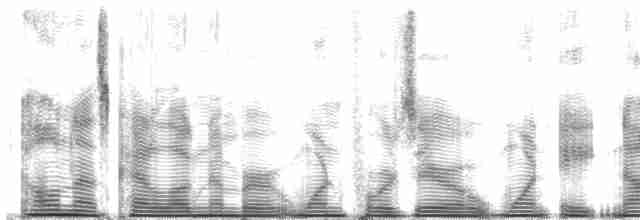White-throated Ground Dove Pampusana xanthonura Scientific name definitions
- NT Near Threatened
- Names (23)
- Monotypic
Luis F. Baptista, Pepper W. Trail, H. M. Horblit, David Christie, Guy M. Kirwan, Peter F. D. Boesman, and Ernest Garcia
Version: 1.1 — Published October 24, 2023
Revision Notes
Revision Notes
Sign in to see your badges
Species names in all available languages
| Language | Common name |
|---|---|
| Bulgarian | Марианска земна гургулица |
| Catalan | colom de les Marianes |
| Croatian | marijanski golub |
| Czech | holub marianský |
| Dutch | Marianenpatrijsduif |
| English | White-throated Ground Dove |
| English (United States) | White-throated Ground Dove |
| Estonian | mariaani maatuvi |
| Finnish | mariaanienpyykyyhky |
| French | Gallicolombe pampusane |
| French (Canada) | Gallicolombe pampusane |
| German | Jungferntaube |
| Japanese | ムナジロバト |
| Norwegian | marianejorddue |
| Polish | wyspiarek mariański |
| Russian | Белогорлый куриный голубь |
| Serbian | Belogrli golubić sa tla |
| Slovak | holubček bielohrdlý |
| Spanish | Paloma Perdiz de las Marianas |
| Spanish (Spain) | Paloma perdiz de las Marianas |
| Swedish | marianermarkduva |
| Turkish | Mariana Adaları Yer Kumrusu |
| Ukrainian | Голуб маріанський |
Revision Notes
Leo Gilman prepared the account for the 2023 Clements taxonomy update.
Pampusana xanthonura (Temminck, 1823)
PROTONYM:
Columba xanthonura
Temminck, 1823. Nouveau recueil de planches coloriées d'oiseaux, pour servir de suite et de complément aux planches enluminées de Buffon livr.32, pl.190.
TYPE LOCALITY:
Marianne Islands.
SOURCE:
Avibase, 2024
Definitions
- PAMPUSANA
- xanthonura / xanthonurus
The Key to Scientific Names
Legend Overview
UPPERCASE: current genus
Uppercase first letter: generic synonym
● and ● See: generic homonyms
lowercase: species and subspecies
●: early names, variants, misspellings
‡: extinct
†: type species
Gr.: ancient Greek
L.: Latin
<: derived from
syn: synonym of
/: separates historical and modern geographic names
ex: based on
TL: type locality
OD: original diagnosis (genus) or original description (species)

- Year-round
- Migration
- Breeding
- Non-Breeding
Distribution of the White-throated Ground-Dove












































